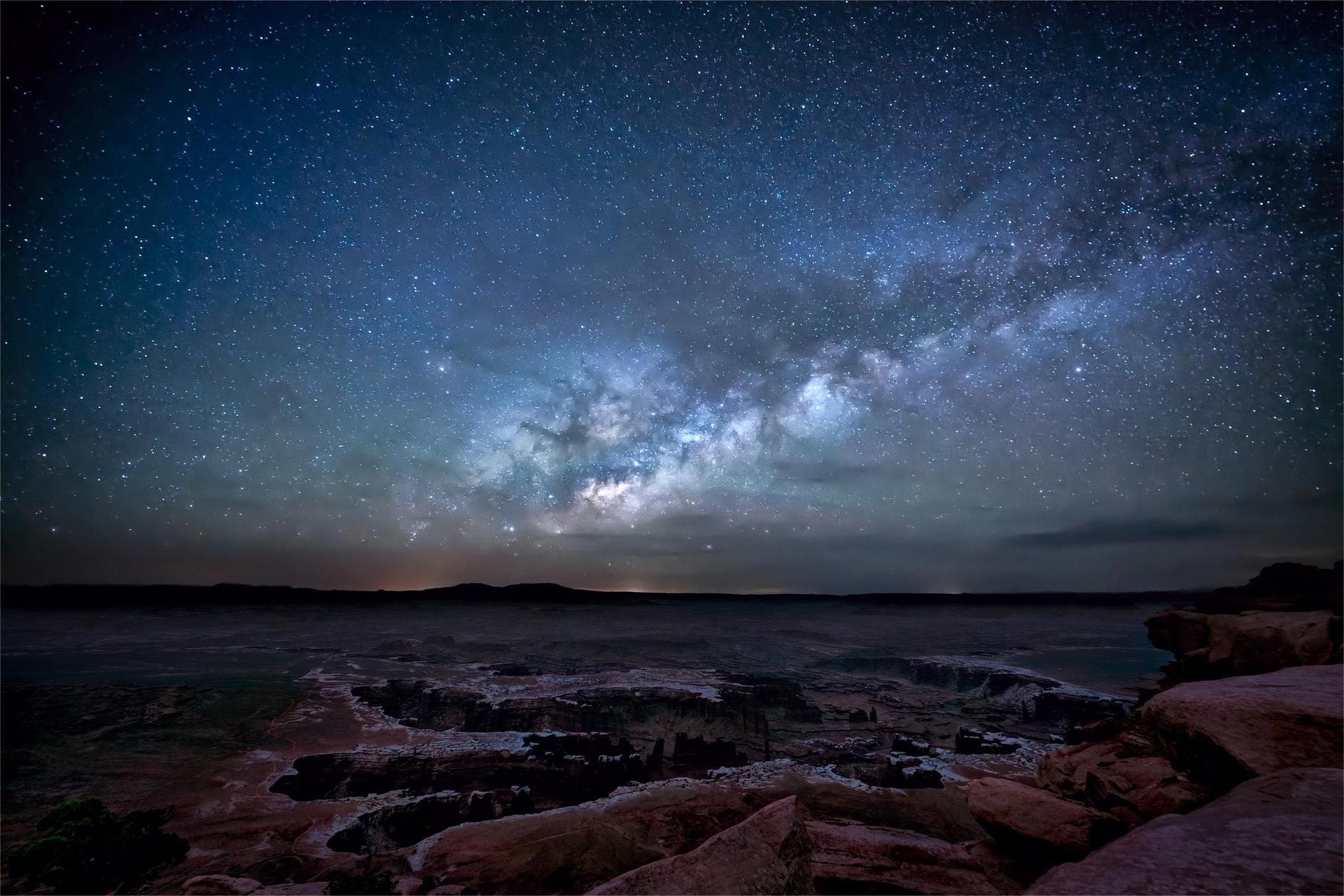Secrets Of Utah’s Celestial Desert Dark Sky Preserves

Have you ever gazed up at the night sky and felt a sense of wonder? Utah's Celestial Desert Dark Sky Preserves offer some of the best stargazing spots in the world. These special places are free from light pollution, making the stars shine brighter than ever. Imagine lying on the cool desert floor, looking up to see the Milky Way stretching across the sky. Whether you're an amateur astronomer or just love the beauty of the night, these preserves provide an unforgettable experience. Ready to learn more about these magical places and how to visit them? Let's dive into the secrets of Utah's starry nights.
Utah's Celestial Desert Dark Sky Preserves
Utah's desert landscapes are not just about stunning rock formations and vast canyons. When the sun sets, the night sky reveals a different kind of beauty. These dark sky preserves offer some of the best stargazing experiences in the world. Let's explore some of these magical places.
1. Arches National Park
Arches National Park is famous for its natural stone arches, but it's also a prime spot for stargazing. The park's remote location means minimal light pollution, allowing the stars to shine brightly.
- Best Time to Visit: Spring and fall
- What to Bring: Telescope, star map, warm clothing
2. Bryce Canyon National Park
Bryce Canyon's unique rock formations, known as hoodoos, create a surreal landscape under the night sky. The park offers astronomy programs to help visitors understand the constellations and planets.
- Best Time to Visit: Summer
- What to Bring: Binoculars, red flashlight, blanket
3. Capitol Reef National Park
Capitol Reef is a hidden gem with some of the darkest skies in the country. The park's rugged terrain and remote location make it an ideal spot for astrophotography.
- Best Time to Visit: Late summer to early fall
- What to Bring: Camera, tripod, star chart
4. Canyonlands National Park
Canyonlands offers vast, open skies perfect for stargazing. The park's Island in the Sky district provides elevated views, making it easier to spot celestial objects.
- Best Time to Visit: Spring and fall
- What to Bring: Telescope, star map, warm clothing
5. Dead Horse Point State Park
Dead Horse Point offers breathtaking views of the night sky over the Colorado River. The park's high elevation and clear skies make it a favorite among stargazers.
- Best Time to Visit: Year-round
- What to Bring: Binoculars, red flashlight, blanket
6. Goblin Valley State Park
Goblin Valley is known for its unique rock formations, which look even more otherworldly under the stars. The park's remote location ensures minimal light pollution.
- Best Time to Visit: Spring and fall
- What to Bring: Telescope, star map, warm clothing
7. Natural Bridges National Monument
Natural Bridges was the first International Dark Sky Park. Its natural stone bridges frame the night sky beautifully, making it a perfect spot for stargazing.
- Best Time to Visit: Spring and fall
- What to Bring: Binoculars, red flashlight, blanket
8. Cedar Breaks National Monument
Cedar Breaks offers high-altitude stargazing with stunning views of the Milky Way. The park hosts star parties during the summer months.
- Best Time to Visit: Summer
- What to Bring: Telescope, star map, warm clothing
9. Antelope Island State Park
Antelope Island, located in the Great Salt Lake, offers a unique stargazing experience. The island's isolation from city lights makes it an excellent spot for viewing the night sky.
- Best Time to Visit: Year-round
- What to Bring: Binoculars, red flashlight, blanket
10. Great Basin National Park
Though technically in Nevada, Great Basin is close enough to Utah to make the list. The park's high elevation and remote location provide some of the darkest skies in the country.
- Best Time to Visit: Summer
- What to Bring: Telescope, star map, warm clothing
Embrace the Night Sky
Utah's celestial desert dark sky preserves offer a unique experience. Stargazing in these areas reveals the universe in ways city lights can't. Places like Bryce Canyon and Arches National Park provide some of the best views. These parks are perfect for those who love astronomy or just want a peaceful night under the stars.
Remember to bring a telescope or binoculars for a closer look. Even without equipment, the naked eye can see countless stars and constellations. Plan your visit during a new moon for the darkest skies.
Respect the environment by following park rules and keeping noise to a minimum. This ensures everyone can enjoy the serene beauty.
Utah's dark sky preserves are more than just a destination. They are a chance to connect with the cosmos and find peace in the vastness of space.

